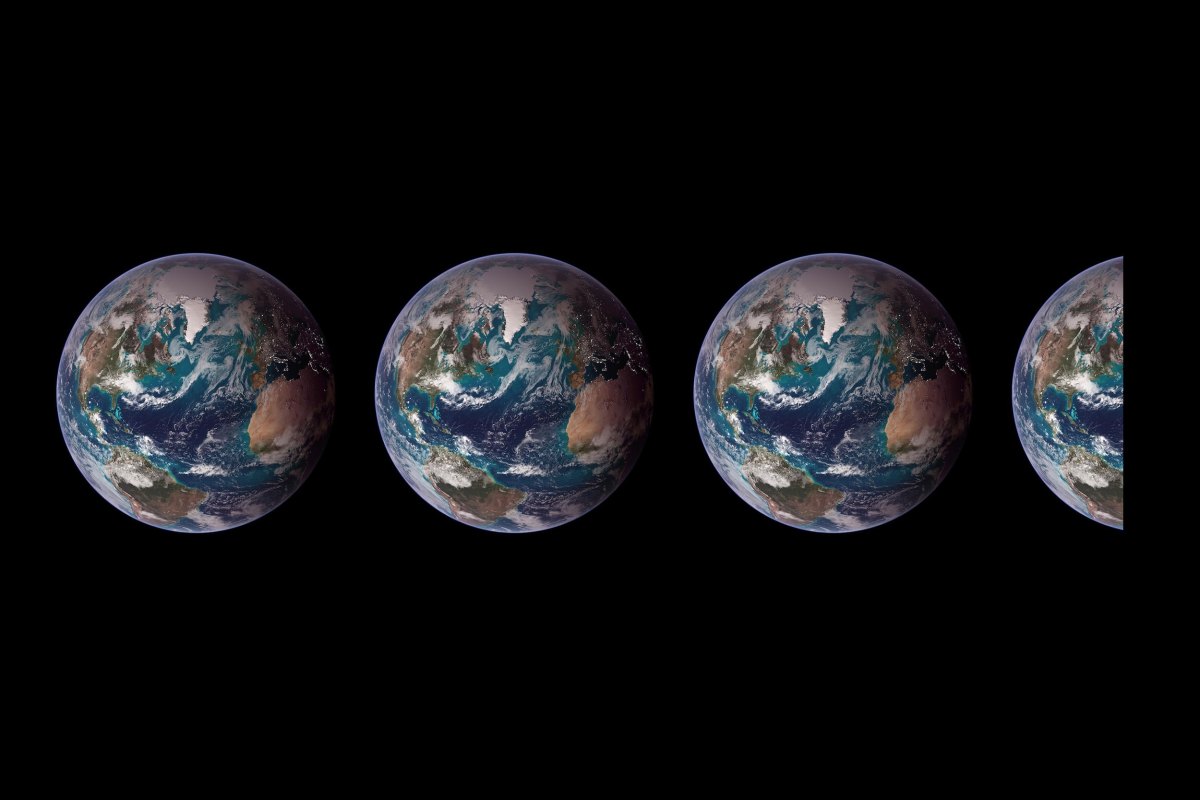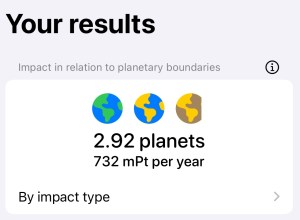
Climate change might be the most significant environmental disaster facing humanity, but it’s not the only one. In fact, humanity already faces five others out of a total of nine possible doomsday scenarios. With each line we cross, we jeopardize the planet’s ability to self-regulate.
This concept of planetary boundaries is helpful for scientists, but less so for everyone else. Wrapping your head around one existential crisis at a time is challenging enough. Navigating six others, from biodiversity loss to microplastics? Might as well give up, right?
Not so fast, Christophe Girardier told TechCrunch. His startup, Glimpact, has a new app called MyGlimpact that he hopes will help people understand not just the extent of their environmental footprint, but also why they shouldn’t feel guilty about it.
The idea was to “give citizens a vision of the reality of the state of the environmental crisis, which is not only climate change, but which is systemic,” Girardier said. “The real cause of the environmental crisis is partially citizens, but not entirely. The first responsibility falls on the state, the political decision-makers and the companies.”
The free app, which does not require an account to use, queries you about your lifestyle. Questions range from how you commute to what you eat, how you heat and cool your home, and how many clothes you buy in a typical year. There are two paths to follow: You can answer a handful of simple questions per category and allow the app to assume certain things to fill in the details, or you can choose to answer more detailed questions that leave less room for guesswork.
The MyGlimpact app then takes that data and runs it through the company’s cloud-based software, which assesses a person’s impact in each of 16 categories.
There, on the back end, it performs essentially the same number-crunching that Glimpact provides to major corporations, which use the results to complete environmental reports required by various governments and regulators. On the front end, the results in the app are simplified for the layperson, who is told how many Earth-equivalents are required to support their lifestyles. TechCrunch was exclusively given advance access to the app before it launched on Thursday.

If everyone lived like me, we’d require the resources of 2.93 Earths, according to the app. It’s possible that my footprint could be a little bit smaller; the app didn’t ask about the proportion of renewable power my household uses (we subscribe to a community solar plan). MyGlimpact provides tips for where people can make changes that would reduce their footprints, or where they might lobby politicians for changes.
If anything, the app reinforced to me just how much environmental impact is baked into the society and economy in which I live. I’ve spent much of the last decade attempting to make my lifestyle as environmentally friendly as possible. We drive electric vehicles, and our commutes are essentially nonexistent. We take transit when possible, and we eat meat sparingly. Our home has thick, heavily insulated walls, and our heating and cooling is handled by a high-efficiency heat pump. After all that, I’ve only just managed to squeak under three Earths.
The idea of an environmental footprint, not just a carbon footprint, has been around for a while. MyGlimpact takes the idea and makes it more personal. The app could stand to guide users a bit more about how to change their lifestyles and how to encourage politicians and corporations to change. But for a first version, it’s a powerful tool for anyone hoping to understand their place in the world.




